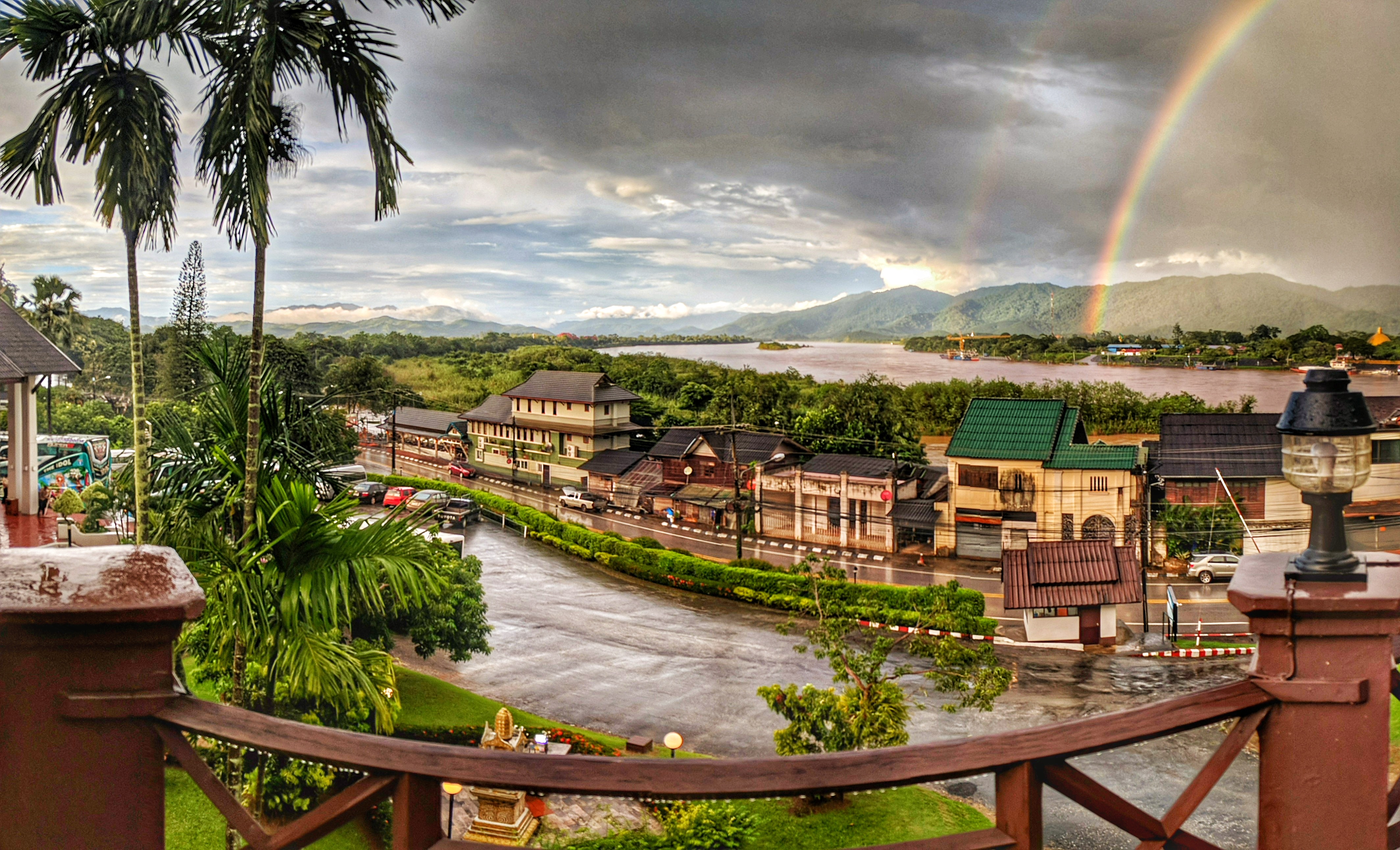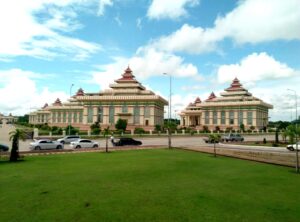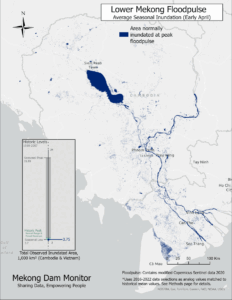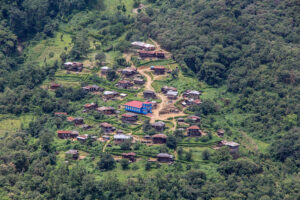
Courtney Weatherby is a research analyst with the Stimson Center’s Southeast Asia and Energy, Water, & Sustainability programs. Her research focuses on sustainable infrastructure and energy development challenges in Southeast Asia and the Indo-Pacific, particularly food-water-energy nexus issues in the Greater Mekong Subregion.
Why do you work at Stimson?
I have been at Stimson for over six years, and it was exactly the right place for me to land straight out of graduate school. I had always known that I wanted to work on international challenges and non-traditional security issues – specifically looking at food, water, energy issues, and also infrastructure through a multidisciplinary lens. At the time I graduated, Stimson was one of the very few places that had a program focused on Southeast Asia – which was my region of study – and a focus on this particular issue set. Stimson also has a reputation of thinking differently and more holistically about important issues. Southeast Asia is an exciting, vibrant part of the world, but many people, especially in the United States, see the region only in the context of US-China competition. Our team thinks more broadly than that by considering U.S. relationships with individual countries and the region itself. We recognize the complex challenges facing the Mekong region today and work to identify innovative policy solutions drawing on lessons learned in the United States and elsewhere around the world. This forward-looking perspective is not only viewed positively in the region, but it encourages and facilitates deep stakeholder engagement with both policymakers and local communities, something critical to our work.
What accomplishment are you most proud of this year?
We recently launched our Mekong Infrastructure Tracker after multiple years of work, which was very exciting. The tracker is part of our work to demonstrate a path forward for the region to develop energy, water, and transportation infrastructure in a way that better considers social and environmental impacts. Investors and developers can use the tracker to see how their infrastructure projects relate to other projects also under development. Policymakers and other stakeholders can also overlay infrastructure data with social and environmental data to identify where there might be pain points. For example, the tracker might show how a transportation project under development might affect nearby communities that practice traditional agriculture, or nearby biodiversity hotspots. We think it has the potential to be helpful to a wide range of stakeholders and ultimately support more holistic approaches to infrastructure development.
Can you talk about some of the future trends in your field?
The role of data in decision making. We are getting to the point where there is a wealth of data available and there are new ways of collecting data which can help fill knowledge gaps for decision makers. Historically, people often made educated guesses or relied on intensive field work to track the impact of a particular infrastructure project on fisheries or on deforestation. Information was often not accessible. Now, information is increasingly accessible to stakeholders around the world because of data collected through remote sensing, published online by a wide range of stakeholders, and fruitful insights into what’s truly happening on the ground provided by local communities.
That data space is increasingly key to work in, particularly when you are thinking of the importance of science and technology in addressing development challenges. Whether tracking linkages between infrastructure and the environment or looking at the way climate change is impacting coastal communities, Stimson is doing a lot of important work in this cutting-edge space. Our team is focused on using GIS and other modern data and analysis tools to support a more informed policy making process for infrastructure development in Southeast Asia. We are developing tools and objective resources that policy makers and others can use. We are also focused on finding a way to make that data accessible to people who aren’t necessarily data scientists. There’s a lot of excitement about this within Southeast Asia, which is a very young region of the world and where citizens are now growing up with access to data and the internet. There’s a lot of opportunity for innovation in Southeast Asia, and our team’s focus on the Mekong Infrastructure Tracker as well as the marriage between policy and data analysis really sets a forward-looking tone.
Follow Courtney on Twitter @cbweatherby, and learn more about the Southeast Asia Program.




